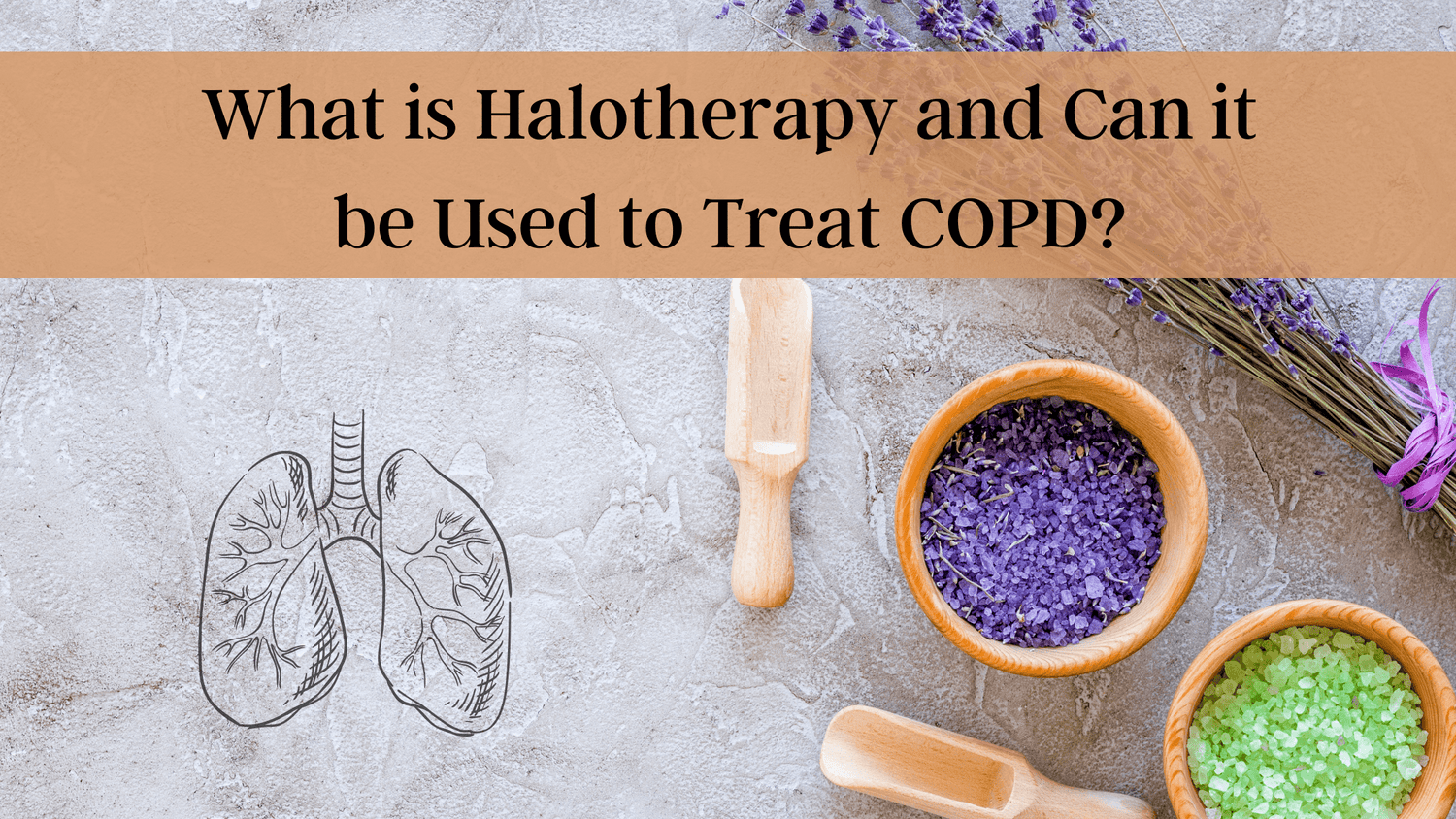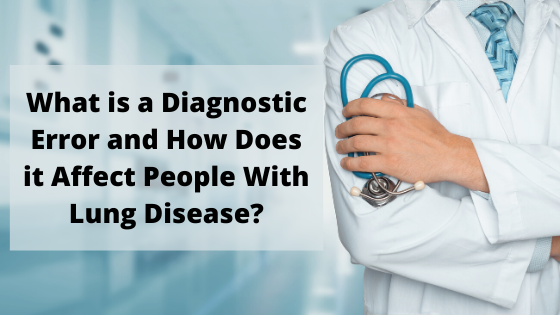Respiratory Resource Center - LPT Medical
What is Halotherapy and Can it be Used to Treat COPD?
Chronic obstructive pulmonary disease (COPD) is an umbrella term...
Read More14 Mistakes New COPD Patients Make & How You Can Avoid Them
Getting diagnosed with COPD can seem overwhelming, especially when...
Read MoreWhat is a Diagnostic Error and How Does it Affect People With Lung Disease?
Health professionals are some of the most important and...
Read More


